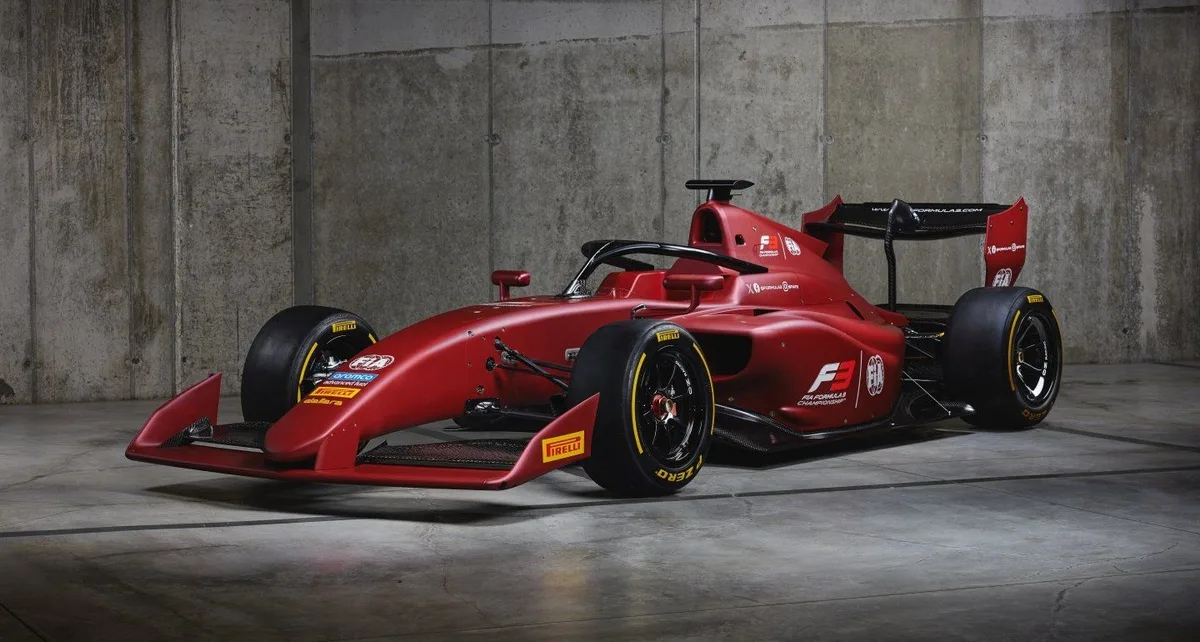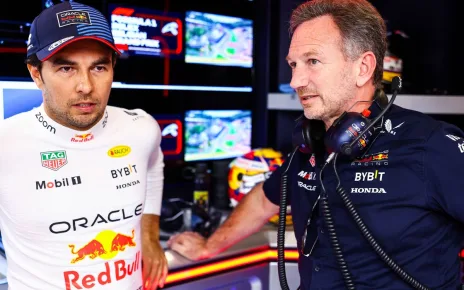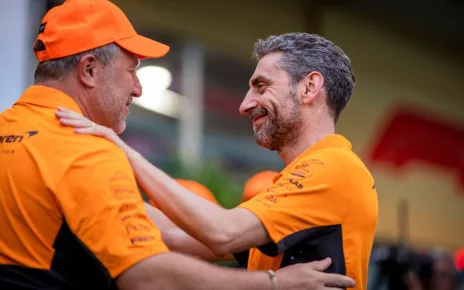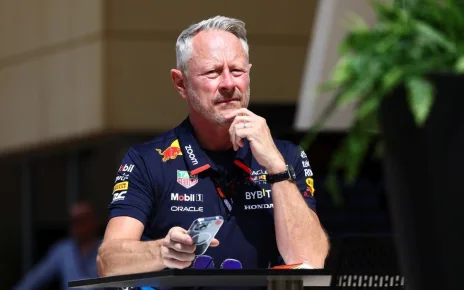F3 has raced with the Dallara F3 2019 since its formation in that year, bringing together GP3 and the Formula 3 European Championship.
With racing that continues to enthrall with plenty of overtaking, it was somewhat peculiar that a large focus of the press release was on improving the raceability of the machinery.
But this has been an area of study across the F1 pyramid, with the top-tier getting its radically changed regulations in 2022 and F2 ahead of the current season.
“This car is forming part of a family of cars that we’ve done in Formula 1 – we’ll do another step in 2026 -, we’ve made in Formula 2 last year, and now Formula 3 is joining that in allowing cars to race more closely to each other and fight and overtake each other more easily,” FIA single-seater director Nikolas Tombazis said.
Asked by Motorsport.com how this goal had been achieved, he added: “All of this is the product of a lot of aerodynamic work that we carry out at the FIA.
“We simulate fully the shape of the car in the same way that we do in Formula 1 and we make sure that the wake of the car gets sent above the following car, and therefore, the following car sees a much cleaner level of flow with much less turbulence, and therefore loses less aerodynamic load. Hence, it’s easier to follow closely and attack and so on.
“We usually say it’s not so much easier [with] overtaking, it’s closer racing and that’s what we’re seeking.
“So, the simulations are the same as the ones that have been carried out in Formula 1 and Formula 2 and have led to a notable improvement of these parameters.”

F3 2025 car
Photo by: FIA F3
There had been an expectation that the new F3 car would carry a similar style of rear wing to the curved DRS element seen on the current F2 iteration, given the other similarities between the cars – this including the front wing and sidepod designs.
However, the F3 2025 instead features a rare wing far more akin to F1, with a relatively level plane that dips slightly to the centre, rather than bulging upwards.
Pressed by Motorsport.com on why this is and whether we are likely to see an F2-style wing again, Tombazis said: “The type of wing design that has been selected is one that allows a bit easier adjustability in terms of what shapes are simpler to move on an endplate of that design.
“The work we’ve done aerodynamically for the close racing helps confirm that the current solution, the one that we’ve adopted, is one that is quite well-behaved from a wake point of view, and that’s why we selected this simpler one for Formula 3.”
Of course, one of the key factors in car design now is safety, and this is a major reason why the machinery on show appears to grow constantly.
“In the FIA, one of our primary purposes is safety, and that is one that I am particularly proud of,” Tombazis reflected.
“We have upgraded the safety of all the car in many ways, both from a crash structure point of view, from loads that the car sustains – all of that is contributing to another significant step in increasing safety.”

F3 2025 car
Photo by: FIA F3




